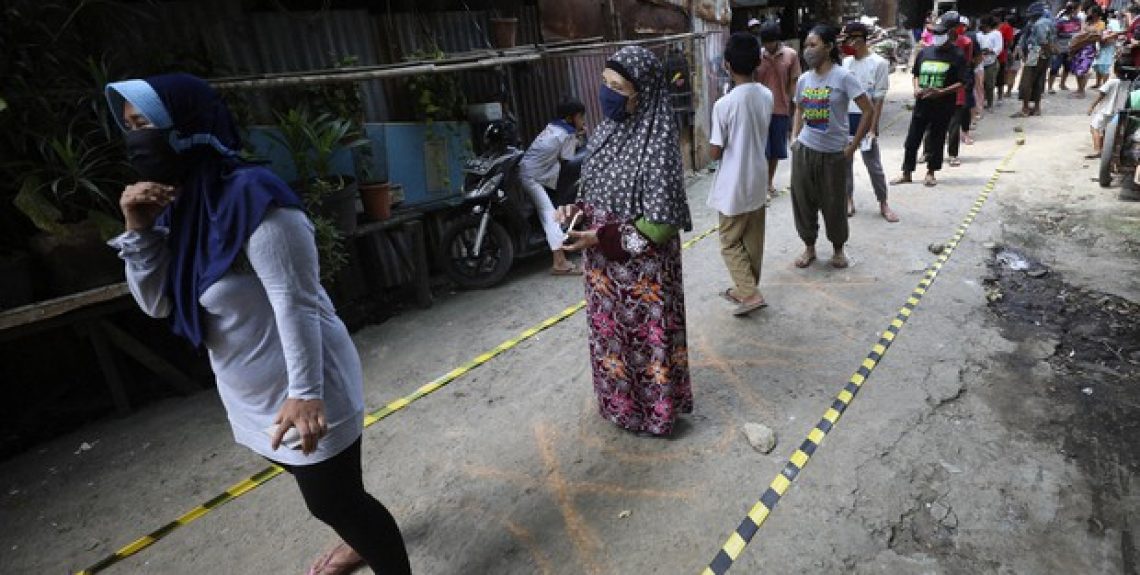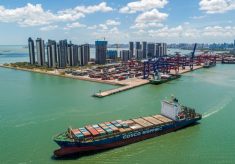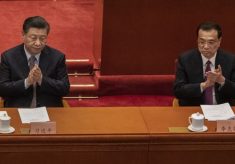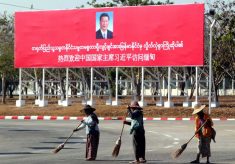During the pandemic the Indonesian government has been criticized for putting the economy above people’s health. In fact, the country has experienced the highest fatalities in Southeast Asia with 3.241 dead. The economy is also experiencing a -2,8% in GDP. By the beginning of July, the number of infection in Indonesia have reached 64.000, and the fatality rate by end of June was 2,5% with the 2.573 deaths [World health organization “Covid-19 in Indonesia”25 June 2020]. In April 2020, the government decided to approve the entry of 500 workers from China while the disease was spreading [The Conversation, “Indonesia to allow 500 Chinese Workers to Enter the Country amid COVID-19 Pandemic”]. Moreover, the government decided in June to ease coronavirus restriction regardless of the infection rate.
From an economic perspective, Indonesia is facing a hard challenge. Due to COVID-19, the government estimated that 3,8 million Indonesians will fall into poverty and 5,2 million will be unemployed [The Jakarta post “Millions to Lose Jobs, Fall into Poverty as Indonesia Braces for Recession” 15 April 2020]. The main drivers of the Indonesian economy are investments and commodity exports and both were severely hit.
If a second wave will happen and will not be mitigated, a -3,9% GDP is predicted (OECD) [The Jakarta Post, “Indonesian Economy Could Shrink 3.9% If Hit by Second Covid-19 Wave” 11th June 2020]. As a response, on the 31st of March the President, Joko Widodo, has signed the Government Regulation in Lieu of Law allowing a total spending of Rp 405,1trillion (USD 24,5 billion) for handling the outbreak. The largest amount (Rupiah 150 trillion) is allocated for the economic recovery plan [KPMG “Indonesia Government and Institution Measures in Response to Covid-19” 22 April 2020].
The major hinge for Indonesia’s recovery is still China, the largest importer and exporter with a value of $34,3 billion for Jakarta, 16,8% on total foreign investments and the second largest group of tourists.
Also here China carried out its medical diplomacy, bolstering a 70 years old influence in the country, by sending 50 tons of medical supplies [Jakarta globe “China Sends Medical Equipment Aid to Indonesia” 06 June, 2020].
Evidently China values Indonesia as a gateway to the ASEAN market, a regional ally and an overall support for the Belt and Road Initiative (BRI) [The conversation “Two Reasons Why China Needs To Expand its Help to Indonesia to Dal with Covid-19” 17 April 2020 and Jie Yu “The belt and road initiative: domestic interests, bureaucratic politics and the EU-China relations” 28th March 2018].










